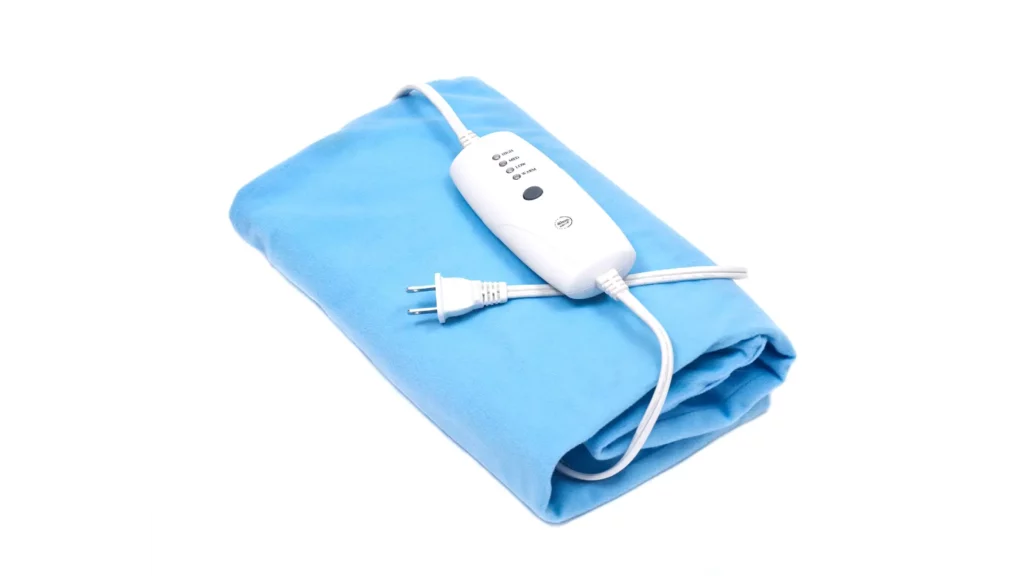In today's world, where convenience meets comfort, electric blankets have become a staple in many households. As the colder months approach, the thought of snuggling up under a warm electric blanket is undeniably appealing.
However, with the increasing use of various electrical appliances in our homes, the question arises: can you plug an electric blanket into a power strip?
This comprehensive guide aims to explore this query in detail, ensuring that you can enjoy your electric blanket safely and efficiently.
Understanding Electric Blankets
Before we delve into the compatibility of electric blankets with power strips, let's first understand how electric blankets work.
These blankets are equipped with heating elements that warm up when electricity passes through them. They typically come with a controller that allows users to adjust the temperature to their comfort level.
The Essential Role of Power Strips in Modern Living
Power strips have become indispensable in our increasingly technology-driven lives, both in residential and commercial settings.
These versatile accessories are designed to expand the utility of a single electrical socket, enabling the simultaneous use of multiple devices.
This functionality is not just a matter of convenience but also a necessity in areas where electrical outlets are scarce or inconveniently located.
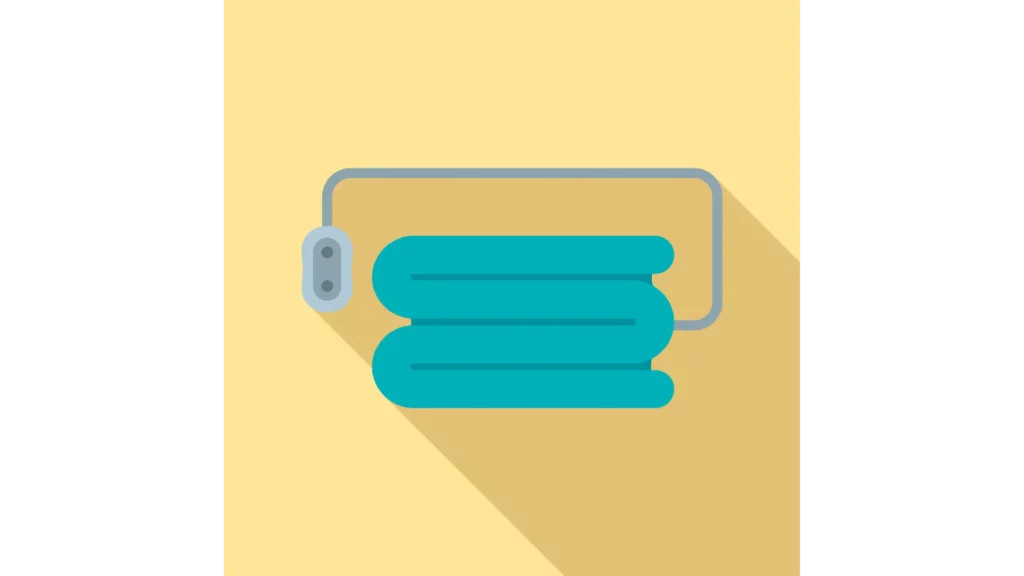
Basic Functionality: Features of Power Strips
Modern power strips go beyond merely multiplying outlet capacity. Many models come equipped with features that enhance usability and provide additional safety benefits:
- Surge Protection: Protects devices from voltage spikes, preserving the lifespan of sensitive electronics.
- USB Ports: Includes USB ports for convenient charging of devices without needing adapters, freeing up traditional outlets.
- Individual Switches: Features individual switches for each outlet to control power flow, reduce standby power use, and enhance safety.
- Cord Management: Offers solutions to organize and reduce cable clutter, creating safer and more efficient spaces.
- Adjustable Outlet Spacing: Provides adjustable or widely spaced outlets to accommodate larger plugs and transformers, maximizing usability.
Check out our post on ALESTOR Surge Protector Power Strip Review
Can You Plug an Electric Blanket into a Power Strip?
The query at hand, can you plug an electric blanket into a power strip, is one that requires careful consideration due to the safety implications involved.
Let's delve into this topic to provide a well-rounded answer.
Understanding the Risks
- Overloading: Plugging an electric blanket into a power strip can potentially lead to overloading. If the power strip is already powering several devices, adding an electric blanket into the mix could exceed the power strip’s capacity, leading to overheating or even a fire.
- Electrical Surges: Electric blankets can be sensitive to electrical surges. Using a power strip, especially one without surge protection, can expose your electric blanket to fluctuations in power supply, potentially damaging the heating elements.
- Compatibility Issues: Not all power strips are created equal. Some may not be designed to handle the electrical load of an electric blanket, which could result in inefficient functioning or damage to both the power strip and the blanket.
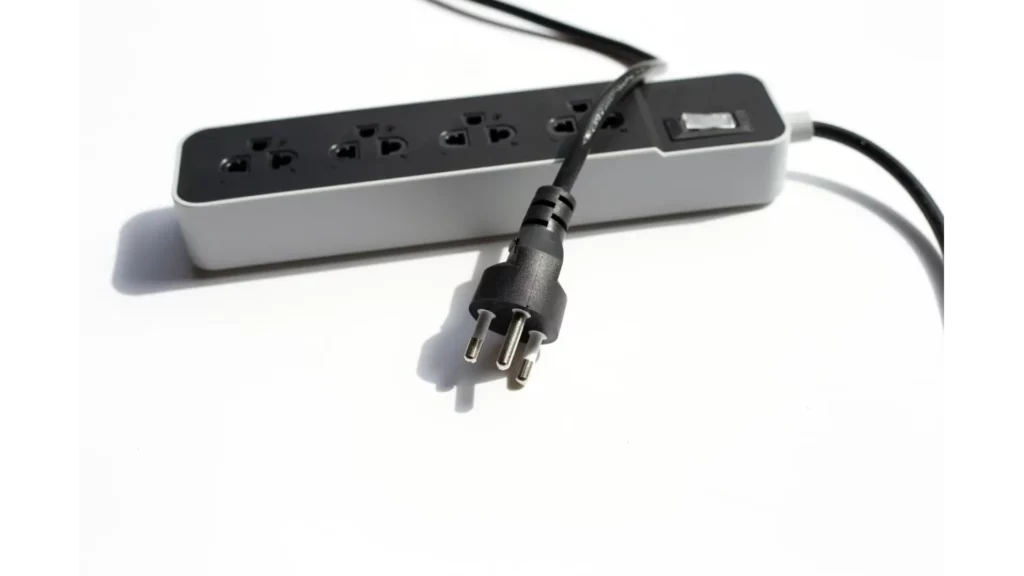
Safety Precautions
If you find yourself contemplating, can you plug a electric blanket into a power strip, here are several safety precautions to consider:
- Check the Power Strip's Capacity: Ensure the power strip is rated for the power consumption of your electric blanket. This information can usually be found on the power strip itself or in the user manual.
- Avoid Overloading: Do not plug in multiple high-power appliances into the same power strip as your electric blanket. This reduces the risk of overloading and overheating.
- Use a Surge Protector: Opt for a power strip with built-in surge protection. This can safeguard your electric blanket from potential damage caused by electrical surges.
- Regular Inspections: Regularly inspect both the electric blanket and the power strip for any signs of wear or damage. Discontinue use immediately if any issues are found.
- Quality First: Choose high-quality power strips and electric blankets from reputable manufacturers. High-quality products tend to have better safety features and are less likely to malfunction.
- Follow Manufacturer Guidelines: Always adhere to the guidelines and safety instructions provided by the electric blanket manufacturer. Some blankets may have specific requirements or warnings about their use with power strips or extension cords.
- One Device Per Outlet: Whenever possible, plug your electric blanket into a power strip that isn't powering any other device. This minimizes the risk of overloading and allows for safer operation.
- Power Strip Placement: Ensure the power strip is placed in a well-ventilated area and is not covered by any items like carpets, furniture, or bedding. This helps prevent overheating
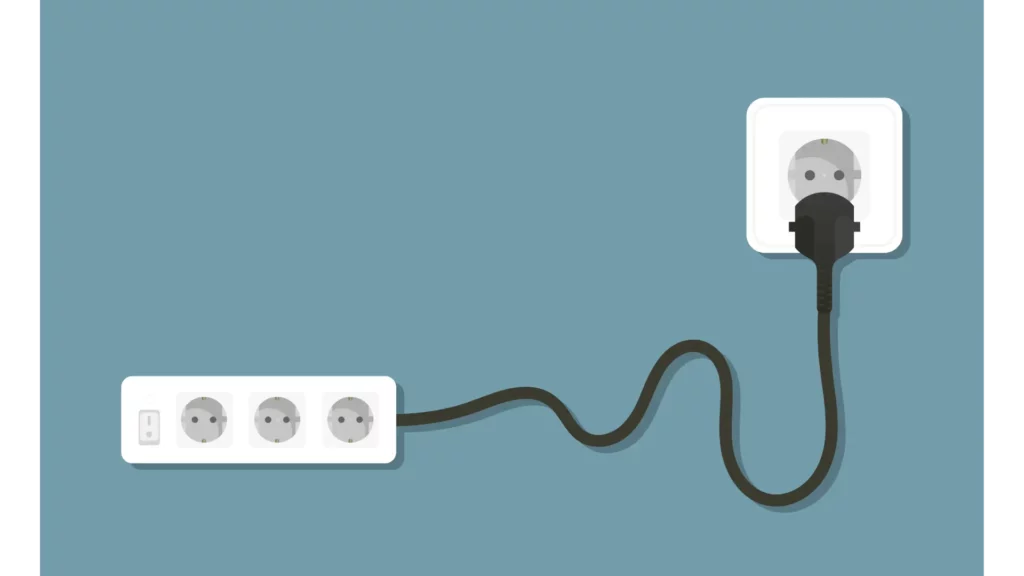
Alternatives to Using a Power Strip
If you're limited by the number of wall outlets in your room, consider the following alternatives instead of resorting to a power strip for your electric blanket:
Extension Cords
Use a high-quality, heavy-duty extension cord that is capable of handling the electric blanket's power requirements. Ensure it is as short as possible to minimize potential safety hazards.
Key Considerations for Using Extension Cords:
- Power Rating: Ensure the extension cord is rated for at least the same, if not a higher, amperage than your electric blanket requires. This information can usually be found on the packaging or tag of the extension cord.
- Length: Opt for the shortest length necessary to reach from the wall outlet to your electric blanket. Longer cords can lead to voltage drop, potential tripping hazards, and increased risk of wire damage.
- Quality: Look for cords that have a sturdy construction and are certified by reputable safety standards organizations, such as Underwriters Laboratories (UL). High-quality materials and construction help ensure the cord can safely conduct the electric blanket's power draw.
- Safety Features: Some extension cords come with built-in safety features such as a fuse or circuit breaker, which can provide an additional layer of protection by cutting off power in case of an overload.
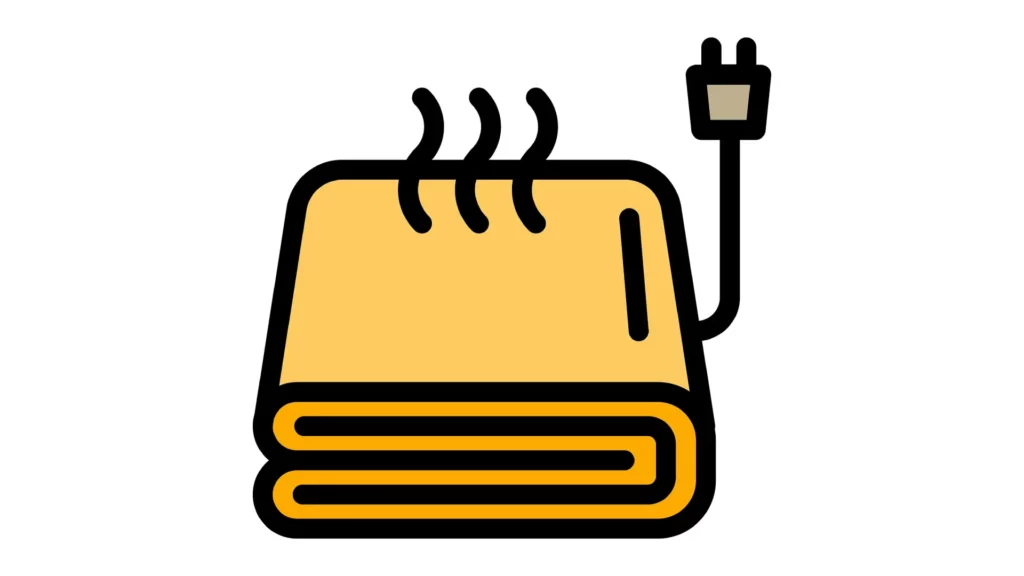
Outlet Expanders
These devices plug directly into a wall outlet and expand the number of available outlets without the added risk of overloading associated with power strips.
Advantages of Using Outlet Expanders:
- Direct Connection: Unlike power strips that come with a cord, outlet expanders plug directly into the wall outlet, creating a more stable and secure connection for your electric blanket.
- Reduced Overloading Risk: Since outlet expanders don't typically come with long cords or offer as many outlets as power strips, the likelihood of overloading the circuit is minimized. However, it's still important to be mindful of the overall electrical load you're placing on a single outlet.
- Surge Protection Options: Many outlet expanders include surge protection, which can protect your electric blanket from voltage spikes. This feature is particularly useful in areas prone to electrical fluctuations.
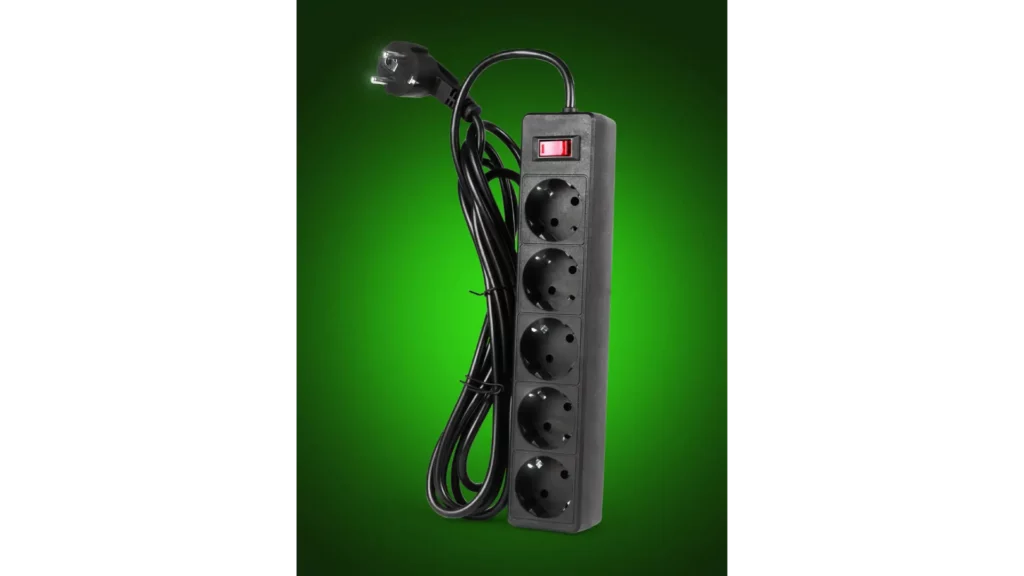
FAQs on Electric Blankets and Power Strips
Q: What is the safest way to use an electric blanket in my home?
A: The safest way to use an electric blanket is to plug it directly into a wall outlet. Ensure the blanket is spread out evenly without any folds or creases that could lead to overheating. Always follow the manufacturer's instructions for use and maintenance.
Q: Can a power strip with a high amperage rating safely power an electric blanket?
A: While a power strip with a high amperage rating might technically handle the load of an electric blanket, it's not just about the capacity. The risk of electrical surges, compatibility issues, and the potential for overheating still exist. Therefore, plugging an electric blanket directly into a wall outlet remains the safest option.
Q: Are there specific types of electric blankets that are safer or more suitable for power strips?
A: No electric blankets are recommended to be used with power strips, regardless of their type or brand. The best practice for all electric blankets is to plug them directly into a wall outlet to minimize any risk of fire or electrical hazards.
Q: Can I leave my electric blanket on all night?
A: Many electric blankets are designed with auto-shutoff features for safety, allowing them to be used overnight. However, it is important to read and follow the manufacturer's instructions regarding overnight use. If your blanket does not have an auto-shutoff feature, it's safer to turn it off before going to sleep.
Q: What should I do if my electric blanket stops working while plugged into a power strip?
A: First, unplug the blanket from the power strip and check the power strip and the blanket for any visible damage. Try plugging the blanket directly into a wall outlet to see if it works. If it doesn't, the blanket may be faulty and should not be used. Consult the manufacturer's warranty or customer service for further assistance.
Q: How often should I replace my electric blanket and power strip?
A: Electric blankets should typically be replaced every 5 to 10 years, depending on the manufacturer's recommendations and the condition of the blanket. Power strips should be replaced if they show any signs of damage, such as exposed wires, burning smells, or if they stop functioning properly. Regular inspections will help ensure both your electric blanket and power strip remain safe to use.
Q: Can I use a universal power adapter between my electric blanket and a power strip to match plug types?
A: Using any additional adapters or converters with an electric blanket is not recommended, as it introduces more points of failure and potential safety risks. Always plug your electric blanket directly into a wall outlet that matches its plug type without using adapters or converters.
Can you plug an electric blanket into a power strip Final Thoughts
Embarking on a journey to understand the dynamics between my cherished electric blanket and the convenience of power strips has been enlightening. It underscored a critical lesson: the importance of prioritizing safety over mere convenience.
This realization has reshaped my approach to integrating modern comforts into my home. Now, equipped with the knowledge of potential risks and the best safety practices, I navigate the colder months with ease.
Opting for safer alternatives like high-quality extension cords and outlet expanders, I ensure the warm embrace of my electric blanket remains a source of comfort, not concern.
This exploration has transcended beyond just a quest for cozy warmth; it has instilled a deeper sense of responsibility towards how I use technology, ensuring my home remains a safe haven for comfort and innovation to coexist harmoniously.
Source
https://www.energy.gov/energysaver/articles/save-energy-your-household-smart-power-strip

